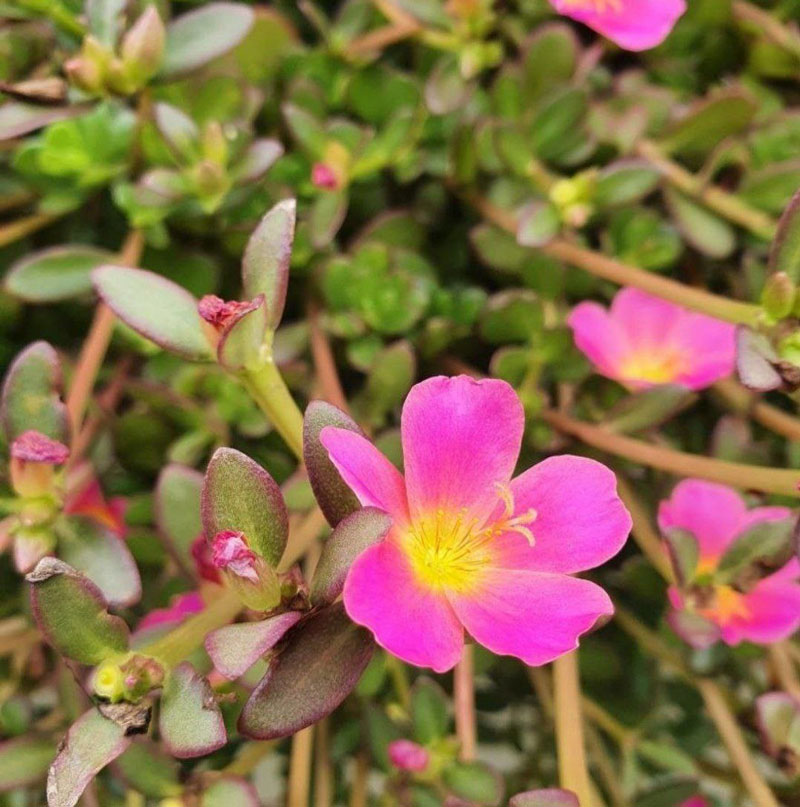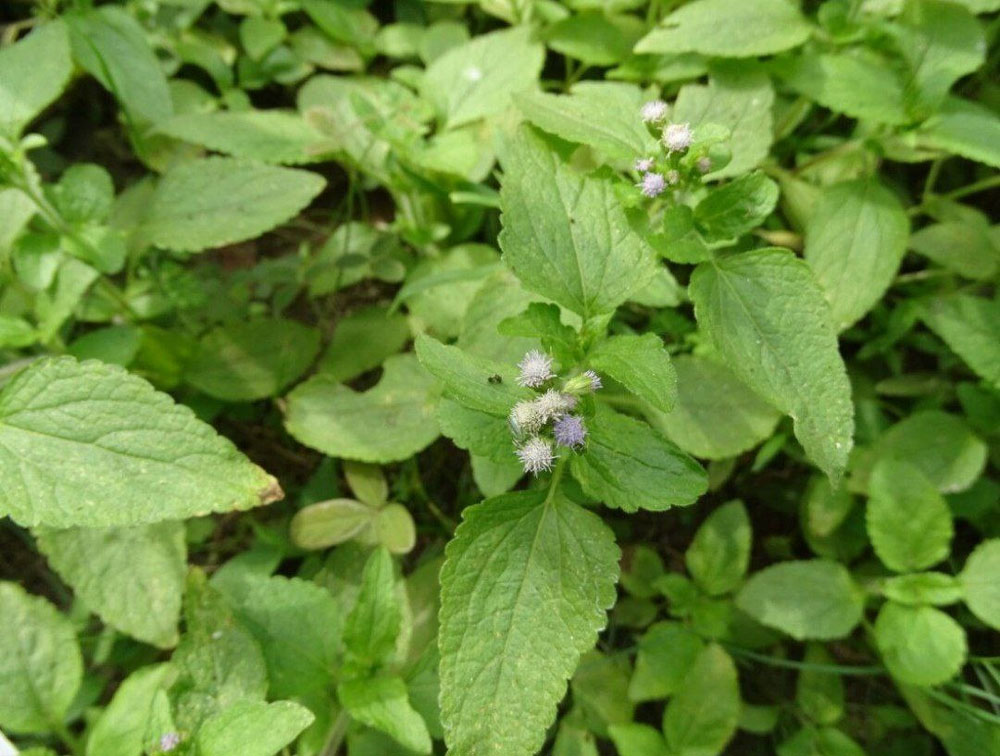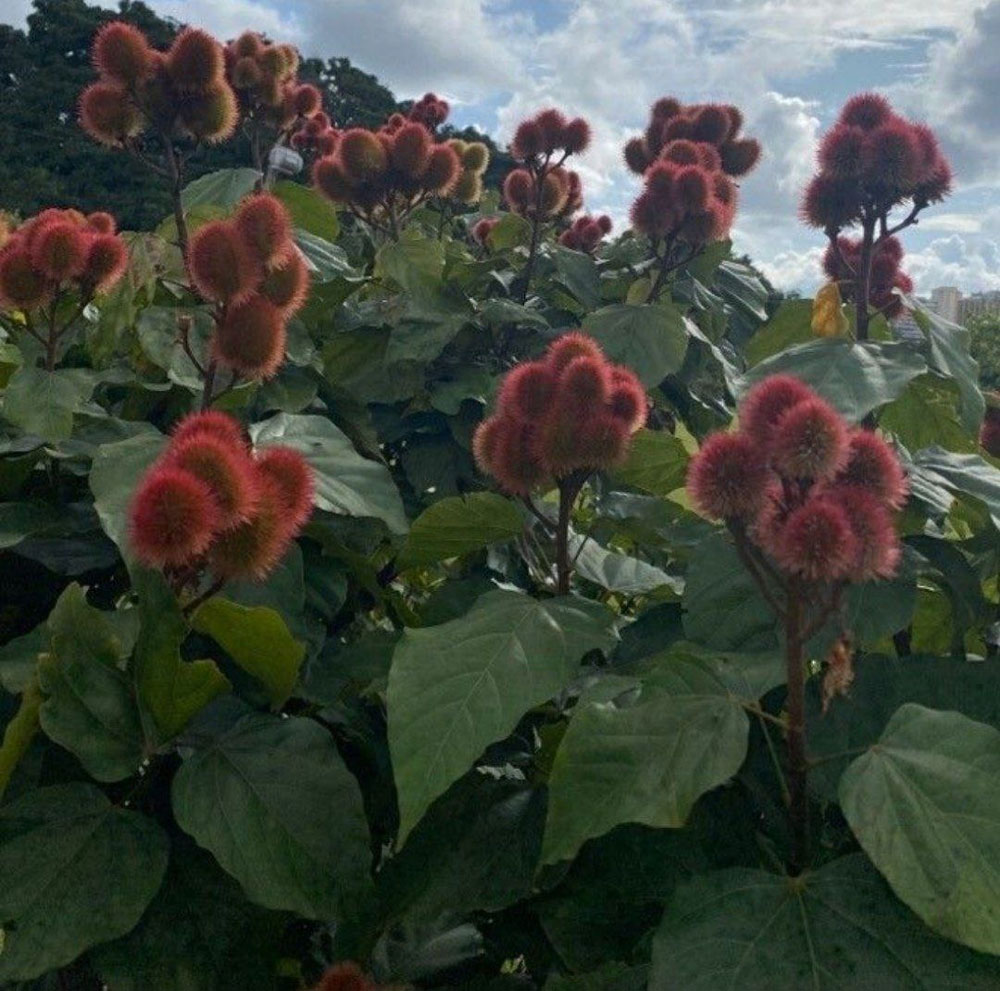The Sacred Kingdoms Light-Nucleus, in the Federal District, displays a wonderful diversity of fruit trees, herbs and medicinal plants.
In the Sacred Kingdoms Light-Nucleus (SKLN) – a blessed piece of land in the heart of the Central Plateau -, the Plant Kingdom expresses itself with great vigor and rare beauty, providing true gifts of Mother Nature, in exaltation to the Creator and life.
Some of those treasures manifest in the diversity of the plant specimens present there, whether in the form of fruit and fruit trees, or in the form of herbs and medicinal plants, which range in use from nutrition to therapeutics, including cosmetics, and even civil construction. Check it out!
Fruit and fruit trees
The Cagaita (Eugenia dysenterica) belongs to the Myrtaceae family and its fruit is typical of the Brazilian Cerrado. It is small and has a yellow greenish skin, juicy pulp and soft texture, which guarantees a pleasant acid flavor. However, care must be taken when eating the fruit: if the fruit, when very ripe or heated by the sun, is consumed in large quantities, it has a strong laxative effect; meanwhile, the leaves of the Cagaiteira have a constipating effect.
The Cagaiteira is a medium sized tree which can reach 10 meters (32 ft.) in height. It is melliferous, and its wood is used in civil construction. During its blossoming period (August/September), the Cagaiteira produces abundant white flowers, heavily perfumed. The fruiting occurs during the months of September and October.
The fruit is rich in B complex vitamins and vitamin C, besides carbohydrates and proteins. It has medicinal properties and produces a delicious juice. The Cagaita is used in the manufacture of processed products, such as popsicles and ice cream. The pulp, with or without the skin, has a low caloric content, in spite of the high energy value.
The Buriti is the fruit of the Buritizeiro (Mauritia flexuosa), a palm called the “tree of life” by the indigenous peoples because of its multiple usages. Originating in the Amazon, the tree can be easily found in the Brazilian Cerrado, mainly in the north, northeastern, south-eastern and central-west regions, reaching a height of 30 meters (98 ft.).
The Buriti is also known as muriti, muritim, miriti, buritia and wetlands palm, among other names, blossoming in practically every month of the year, but mainly from April to August. The fruit production is intense: on average, five to seven bunches per year, each with 400 to 500 fruits.
The Buriti is mainly recognized for its hard shell, of a reddish-brown color with a rather peculiar appearance, which works as protection against rodents. It can be eaten raw, but can also be found in jams, popsicles, ice cream, wines, liqueurs and many other different preparations.
Various attributes make the Buriti a special fruit. It is one of the main natural sources of beta-carotene, a substance that changes into provitamin A and acts as an antioxidant, helping to combat premature aging of cells. It benefits the health of the eyes, preventing illnesses such as macular degeneration and cataracts.
The consumption of the Buriti also ensures the direct ingestion of potassium, regulates blood sugar levels and avoids peaks in the production of insulin. The Buriti also offers good amounts of Vitamin C – fundamental for the immunological system – and has anti-inflammatory properties.
In addition, the high concentration of fatty acids in the fruit helps to protect the skin collagen, improving its elasticity. Buriti oil is a protection against ultraviolet rays and has hydrating properties.
But everything in the Buritizeiro is used, and the usages of the plant goes beyond the culinary, medicinal and cosmetic. The palm is an important source of food for animals, shelter for other plants, and the raw material for handicrafts and decorations, being used even in house thatching.
Herbs and medicinal plants
From the first years of its existence, the Figueira Light-Community, prompted by the presence of an extremely sensitive medical researcher – Dr. José Maria Campos (Clemente), who later was ordained as a monk of the Grace Mercy Order (GMO), named Friar Ameino -, was the stage for the rescue of ancient techniques and the development of multiple therapeutic procedures based on the use of herbs and medicinal plants.
The rich experience accumulated during this period in the Figueira Light-Community – an affiliate of the Fraternity – International Humanitarian Federation (FIHF) – influenced various groups that, through the practice of the teachings received there, took on tasks related to the healing of residents and others who frequented the Light-Community.
This is the case with Sister Maria Elizabeth, a monk of the Madre del Sol Monastery, in Planaltina (DF) – currently in charge of the care of the plants and medicinal herbs growing in the Figueira Light-Nucleus in Brasilia Sacred Kingdoms. After years of working with Friar Ameino in the Figueira Light-Community, the Sister developed a solid knowledge on the preparation and use of herbal compounds, allowing her, on the farm at the Light-Nucleus, to identify innumerable native plants that were previously unknown and unnoticed by the regulars, transforming the place into a genuine open-air pharmacy.
Following, we will look at some of those specimens.
Artemisia This herb, the name of which includes several other kinds of plants, each with their characteristics and benefits, in Brazil is also known as losna. It is traditionally used by women to treat urogenital system problems, such as a urinary infection, besides helping to calm anxiety.
Many other uses are popularly known, but scientifically, the following benefits have been proven: it helps protect the liver; it has anti-fungal and antibacterial effects; and lastly, it also has an antioxidant effect, contributing to the protection of the brain and the prevention of a stroke (CVA).
It is native to tropical America. The plant has been used as human food throughout Central America since the times of the European colonization. It has a great reproductive capacity. Caruru is used in several dishes of daily cooking. Prepared like spinach, its leaves are lightly boiled, removed from the water, after which they can be eaten. It has diuretic, bechic (for coughs) and laxative therapeutic properties.
It is an edible plant, and almost all of it can be eaten (both stalks and leaves), except the roots, which are bitter and tough. The leaves can be eaten raw or cooked. The leaf is extremely rich in protein. Eating the leaves provides 25% of the protein our body needs. Wilted leaves must not be eaten, only the tender and green ones.
The plant is native to Brazil, and is self-seeding throughout the country, in flower gardens, vegetable gardens, orchards, cultivated and fallow fields. Its extreme resistance allows it to survive in the most extended droughts.
It is used on burns, ulcers, wounds, topically applied in the form of plasters. It eases the pain of burns and encourages the closing of wounds. The seeds are recommended for urinary tract disorders and for treating parasitic diseases. It is a powerful vermifuge. It produces serotonin, the feel-good hormone. If a person uses antidepressants, the plant supports the production of serotonin.
It is a climbing vine with very dark green leaves; it can be found almost everywhere in the country. It is widely used in diseases of the respiratory system, recommended for fighting the flu, persistent coughs, bronchitis, hoarseness, whooping cough, etc. It has many names: uaco, snake-herb, heart-of-jesus, climbing guaco, serpent-herb.
Besides treating the respiratory system, it has other therapeutic properties: antiophidic, antirheumatic, febrifuge, bechic, diuretic, expectorant, emollient (softens hard tissues, relieving pain). For the flu, it is used in the form of a syrup, to be taken by the spoonful several times a day. Therapeutic properties: tonic, vermifuge, hepatic, gastric, eupeptic, appetite stimulant, bitter, emmenagogic.
It is also known by names such as Saint Lucia’s Herb, Saint Joseph’s Herb or picão-roxo. It can be found anywhere in the country, in tropical and sub-tropical regions. It reproduces through seeds, and the whole plant, in bloom, is used. Therapeutic properties: tonic, aromatic, carminative, antispasmodic, antirheumatic, febrifuge, aperient.
According to Friar Ameino, spearmint has a powerful general purifying and tonic action, stimulating organic processes and the elimination of toxins. It acts in the intestines as well as the central nervous system.
Native to Central America, it is widely cultivated in all Brazilian states, as well as in other countries. It has expectorant, depurative, stomachic, febrifuge, laxative and vulnerary therapeutic properties. It is recommended for heart, stomach and respiratory disorders, as well as for bleeding.
On coming into contact with the seeds of the Urucum, Friar Ameino, in his book “Prescription of Subtle Medicines”, registered the following perceptions: “Urucum, in the Plant Kingdom, is the pure expression of the essence of the element iron, which is the nucleus that firmly binds life into the blood, keeping it cohesive and integrated. This identity between blood and urucum even manifests outwardly, in the brilliant red color both have.”
What did you want to know a little more about in the plant specimens found in the Figueira Light-Nucleus in Brasilia Sacred Kingdoms? Because there is still much to find out about. We’ll be back!














